VALORANT can be overwhelming at first, especially when it comes to deciding what agents you and your team should lock in once you enter the team select screen.
With 23 agents to choose from (and counting), there are so many possibilities for deciding which agents work the best together. Many abilities in the game combine for explosive and deadly results that can easily turn the course of a round.
However, if you’re a beginner, you can’t be expected to know which agents work best together. Thankfully, we’ve compiled a list that takes into account not only which agents can play off each other but also how easy they are for beginners to try out.
Here are our top 3 agent compositions to play for beginners in VALORANT.
How to create an agent composition in VALORANT
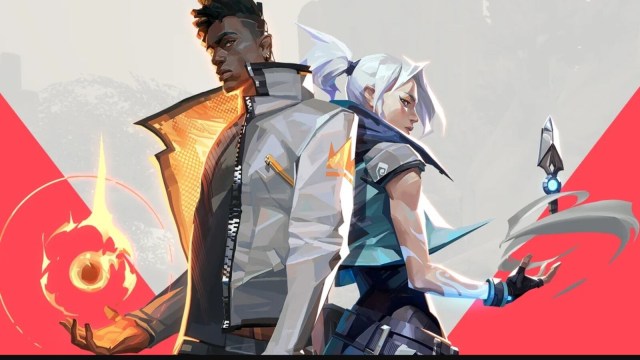
Though the VALORANT compositions recommended in this article are all great for beginners, eventually, you’ll want to venture into creating compositions yourself that align better with the individual strengths of you and your teammates.
The key to creating a successful composition is making sure that you have enough agents to fulfill different roles on your team. Thankfully, VALORANT already does most of the work for you since every agent is categorized into a role based on their abilities and overall strengths. Each agent’s role should serve as a general guide to their playstyle.
Agents are separated into one of four categories: Duelist, Sentinel, Initiator, and Controller. Generally, it’s a good idea to have one of each type of agent on your team.
Duelists play aggressively and focus less on the objective and more on getting kills and fragging out. They should clear space, check angles, and be the first person on the site in most situations. They have utility that serves to protect themselves more than it does to help their teammates.
Sentinels do the opposite. They control the space around them and should play back to watch flanks and other hidden areas of the map. These agents are often the last to enter the site, which means they usually have the job of carrying the Spike and planting it, though this can vary.
Initiators have abilities that gather information. It’s good to use an initiator ability before sending your duelist in so they know who to target for kills.
Controllers are masters of the metagame. These agents place smokes and other external pieces of utility to divide a site and block off entrance points. Controller is generally considered the most difficult role in the game to play, though it varies depending on individual skillset and agent selection.
While your composition should have one of each type of agent, the fifth slot is really up to you and how you want to play. It also depends on what map you’re playing on. You can play around with what suits you and your team the best, but here are our suggestions.
Comp one: Raze, Sage, Sova, Omen, and Killjoy
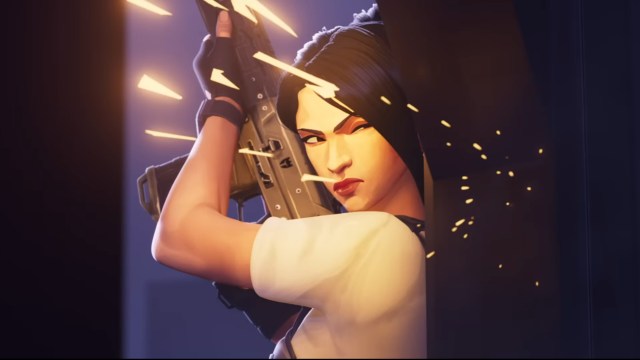
This composition is a double sentinel composition, utilizing both Sage and Killjoy in the same team. In this case, the Sage player can play a bit more aggressively, while the Killjoy makes sure to check in on flanks and watch her team’s back.
The reason this composition works so well is because of how Sage and Raze can combine their abilities. Sage’s utility is a fantastic way to make Raze’s destructive grenades and flexible mobility shine even brighter. Though Raze is powerful on her own, Sage gives her a handy boost.
Omen works here as a single controller with flexible smoke placement. Though double-controller compositions are more prominent in the professional meta, you absolutely can run with a solo Omen since his smokes recharge. The Omen will have a decent amount of responsibility here, but with Sage and Killjoy also able to help control space, it’s a great composition for you to practice your smoke placements.
Sova is a good initiator in this composition because his Recon Dart can give Raze the perfect positional information she needs to execute an attack or entry onto a site. While other initiators need to communicate their information to their teammates verbally or can sometimes gather unclear information, Sova’s Recon Dart is easy to understand for beginners.
Comp two: Raze, Jett, Skye, Omen, and Killjoy
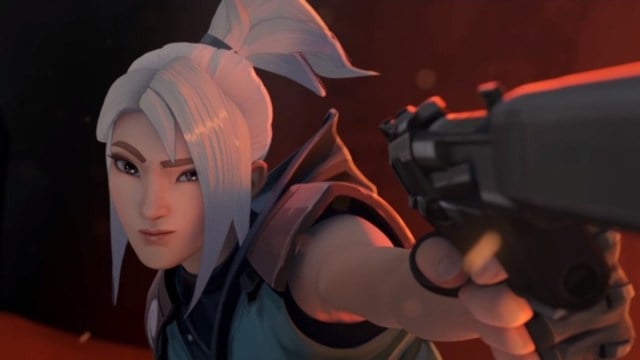
This composition capitalizes on aggressive abilities by using a double duelist strategy. Double duelist compositions excel at raw aggression and taking over spaces quickly, so you’ll have to move fast and know how to take space.
Using Raze and Jett together can overwhelm your opponent, and you can send both agents into the site together to cause defenders to have to look in two directions at once.
Skye is the perfect agent to pair with a double duelist composition because sending her utility in right before or at the same time as the duelist(s) capitalizes on gathering information that can lead to easy kills. One of the best ways to enter an unknown area or stake out where attackers may be coming from is to send a Raze or Jett in together with Skye’s Trailblazer dog. The dog can see where enemies might be hiding and point the duelist player in the right direction, and even stun an enemy as a bonus for an easy kill—just be careful not to stun your teammates as well.
Omen is a solid choice in this composition because his mobility means he can keep up with the fast tempo set by the two duelist players. Unlike Brimstone, who has low mobility and sometimes struggles with VALORANT’s fast pace, Omen is a better flexible alternative while still being beginner-friendly.
In a composition where your team relies on only one sentinel, Killjoy is an excellent all-around agent. She can play aggressively when needed but also provides crucial extra security to flanks, which can be neglected in an aggression-focused team of agents.
Comp three: Phoenix, Sage, Brimstone, Sova, and Skye
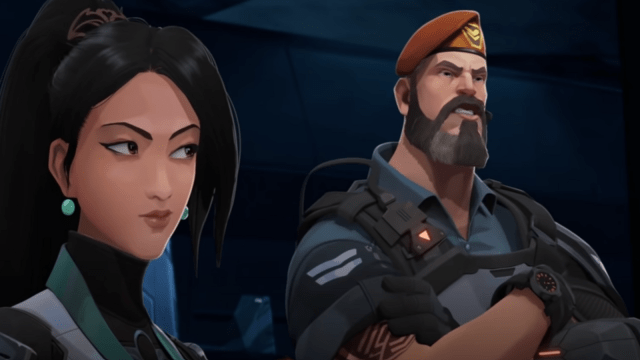
Phoenix is an underrated duelist agent that is great for beginners to try out to learn the basics of flash mechanics. Since he can flash for himself and then enter the site, there is less of a risk of flashing your teammates. He is the ultimate self-sufficient duelist, but he also works well with a slower pace that focuses on highlighting team tactics.
This double-initiator composition will force your team to work together with plenty of ways to gather information. Rather than taking an aggressive approach where your duelists are constantly putting their lives at risk for more information, in this composition, you’ll want to take a slower pace.
Sova and Skye can work together to gather information across different areas of the map, while the healing abilities of both Sage and Skye allow your team to back out if needed and heal to reset.
Brimstone works better than Omen here because the tempo of this composition is naturally slower, allowing him to get more value out of his utility. The only issue is that Brimstone’s smokes don’t recharge like Omen’s, so avoid using all three of them at once. His ultimate is great as a more passive approach and can be used to prevent a Spike plant or defuse.
With Sage as your only sentinel in this composition, you’ll want to be extra careful to watch flanks, which shouldn’t be a problem with the amount of information your initiators can also gather.
Overall, learning how to craft and utilize a composition in VALORANT takes time, and as a beginner, you’re not expected to know all of the ropes right away. Play around with different agents to see how their abilities interact together, and you’ll be making your own compositions in no time.


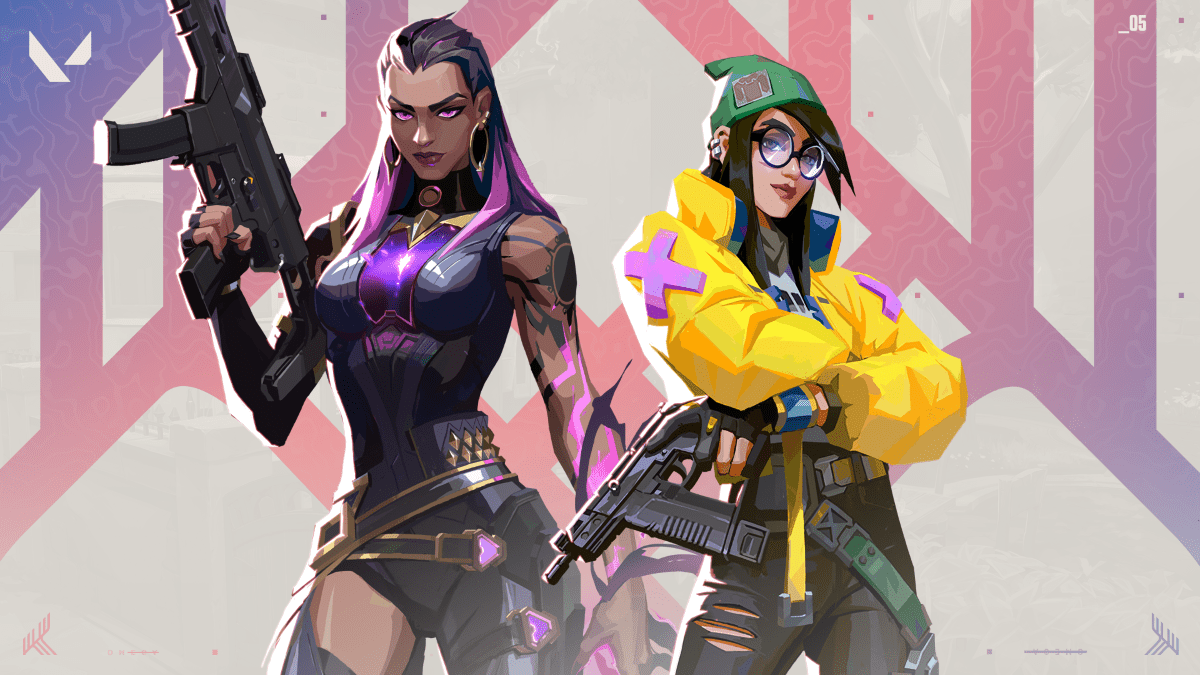
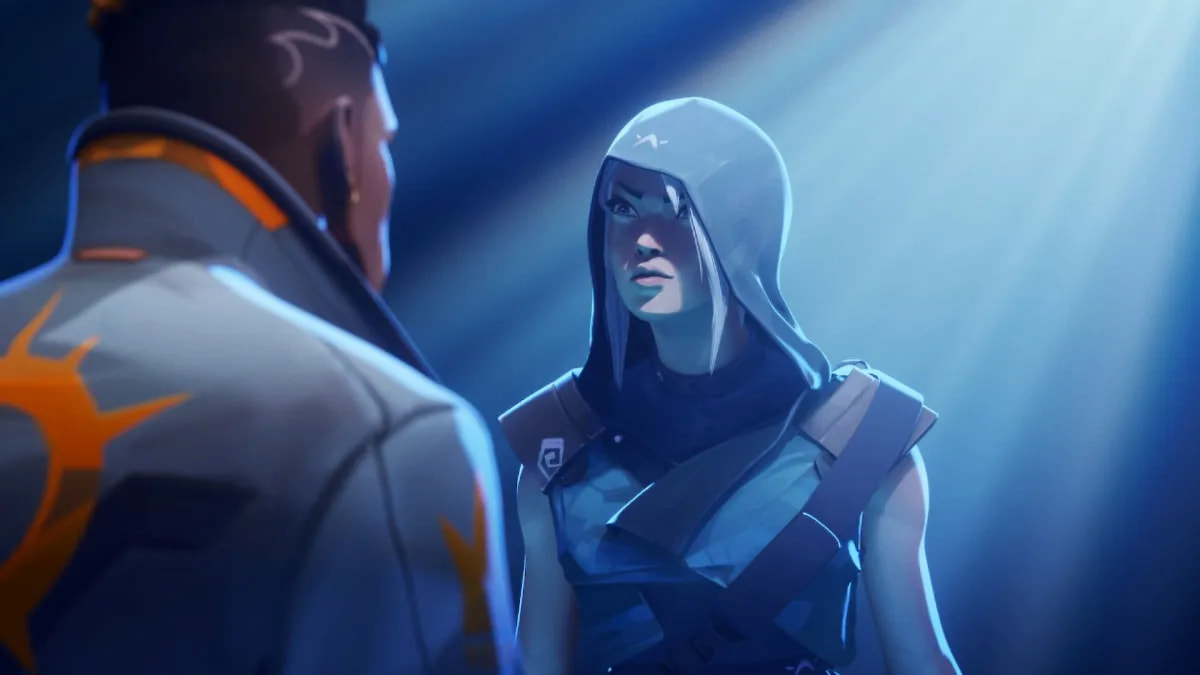
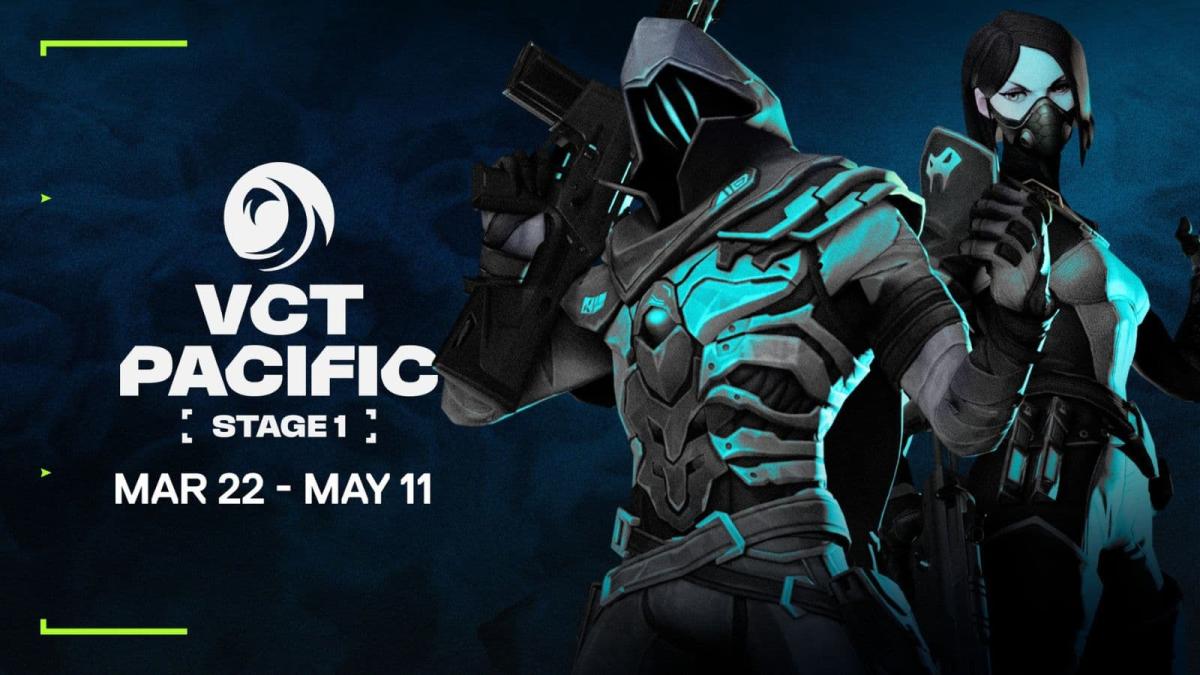

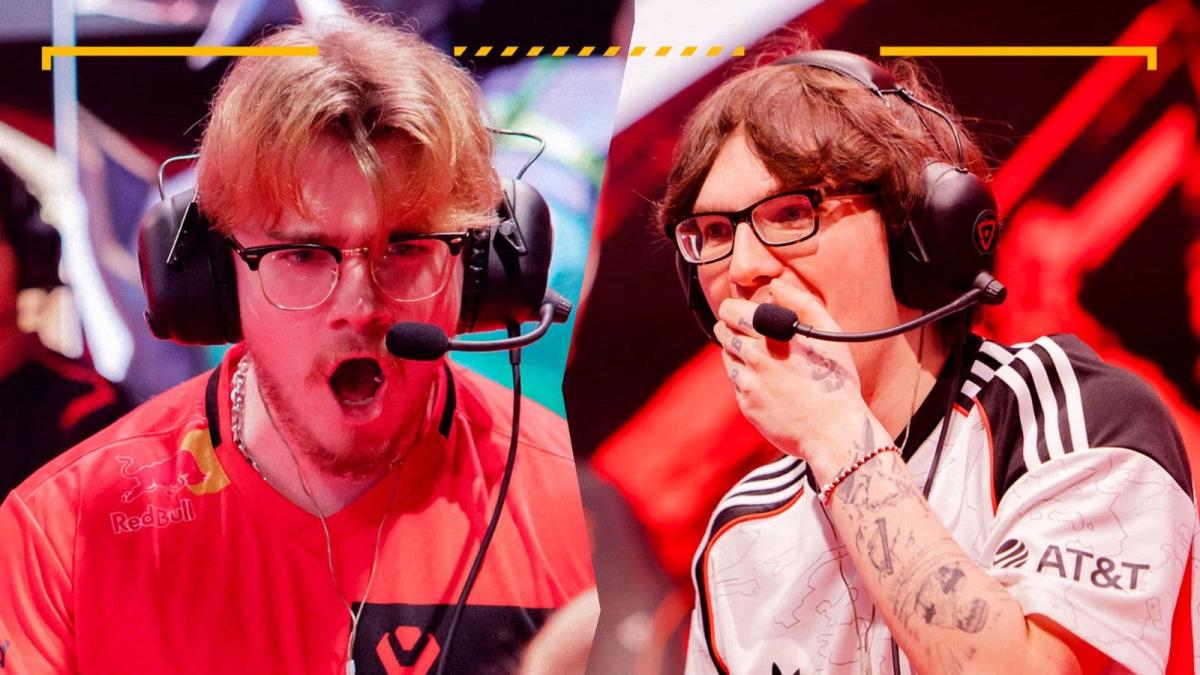
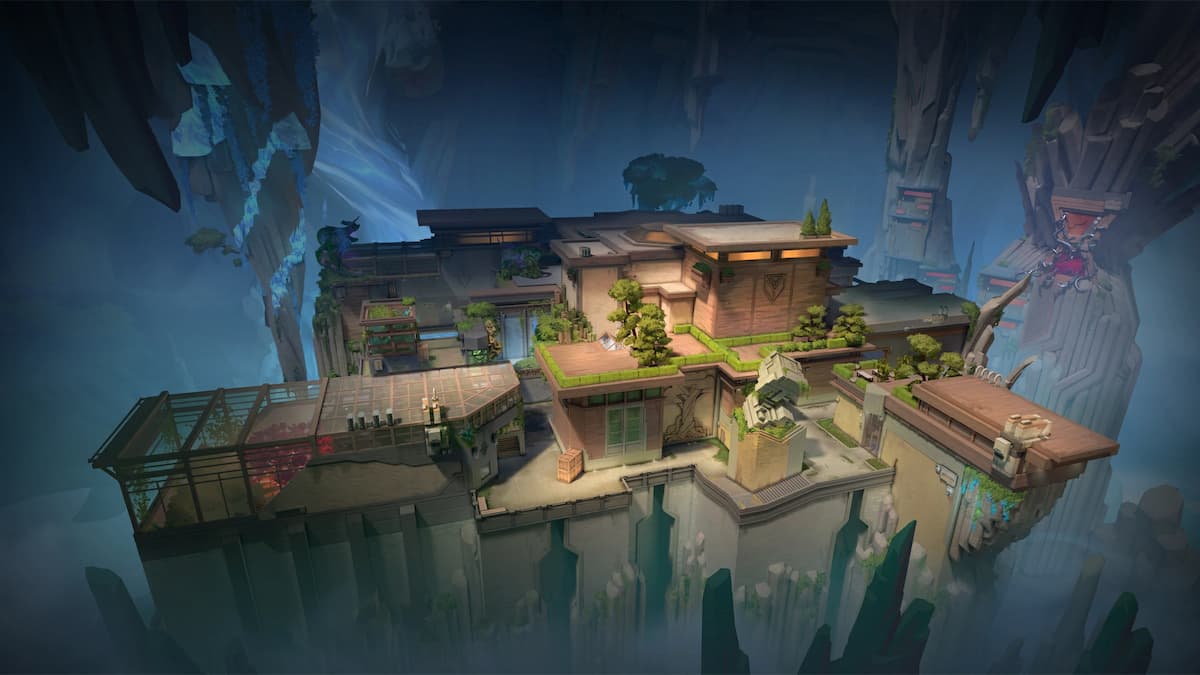
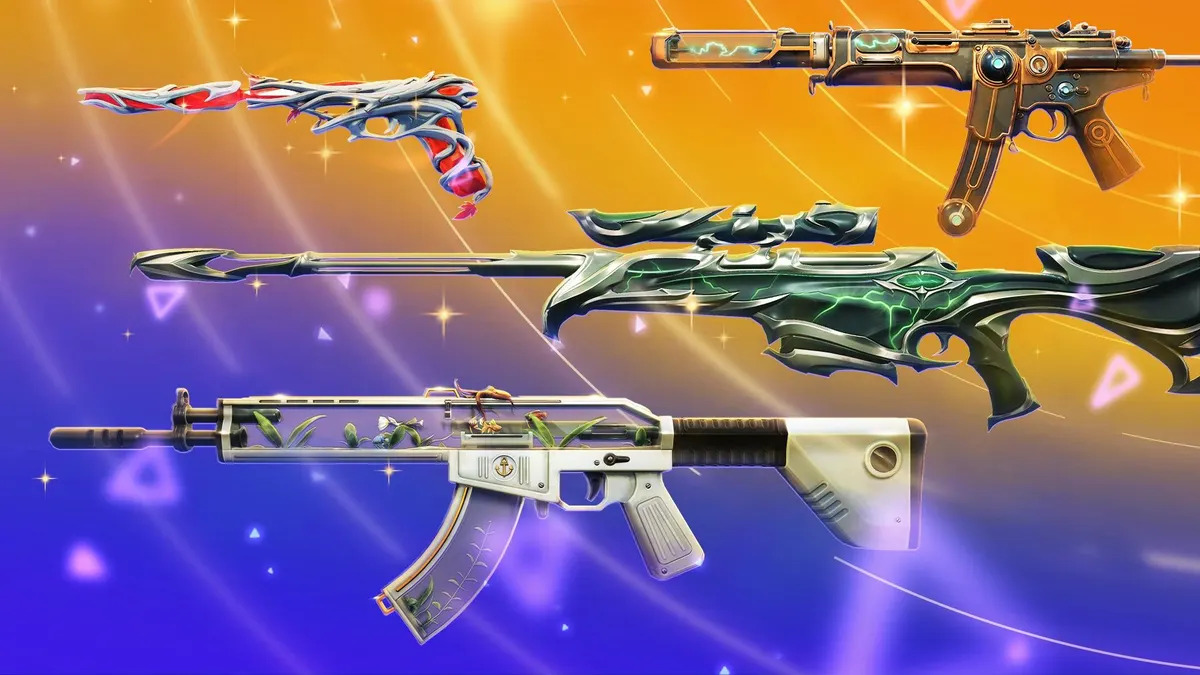
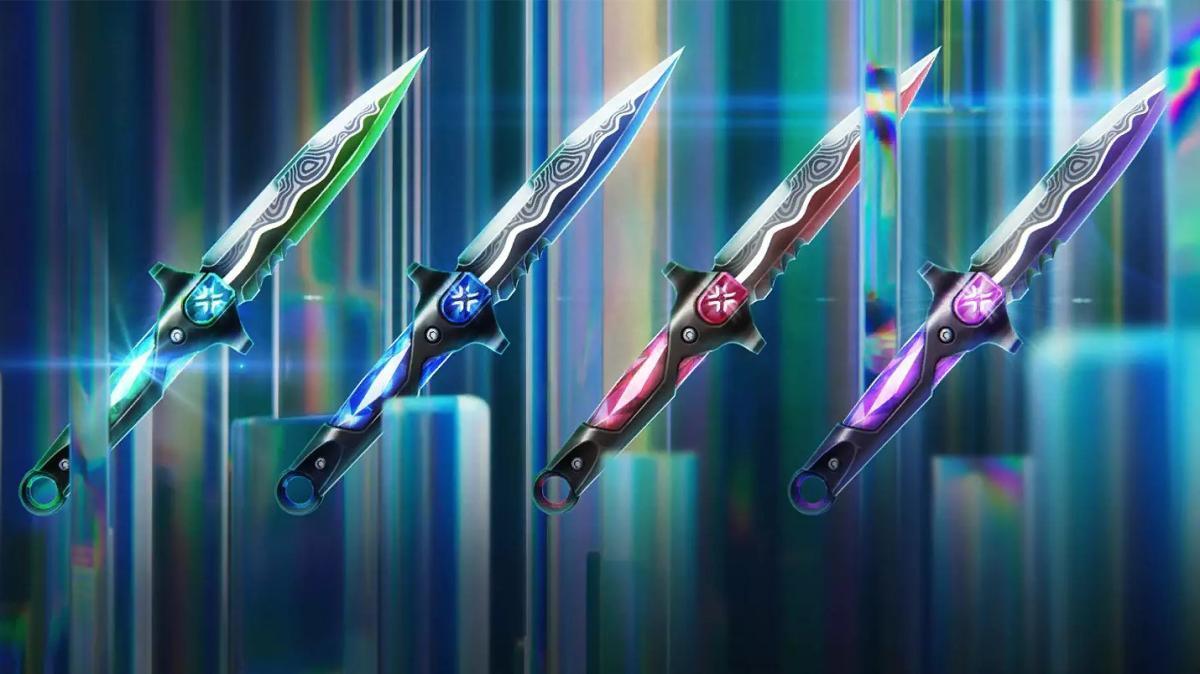
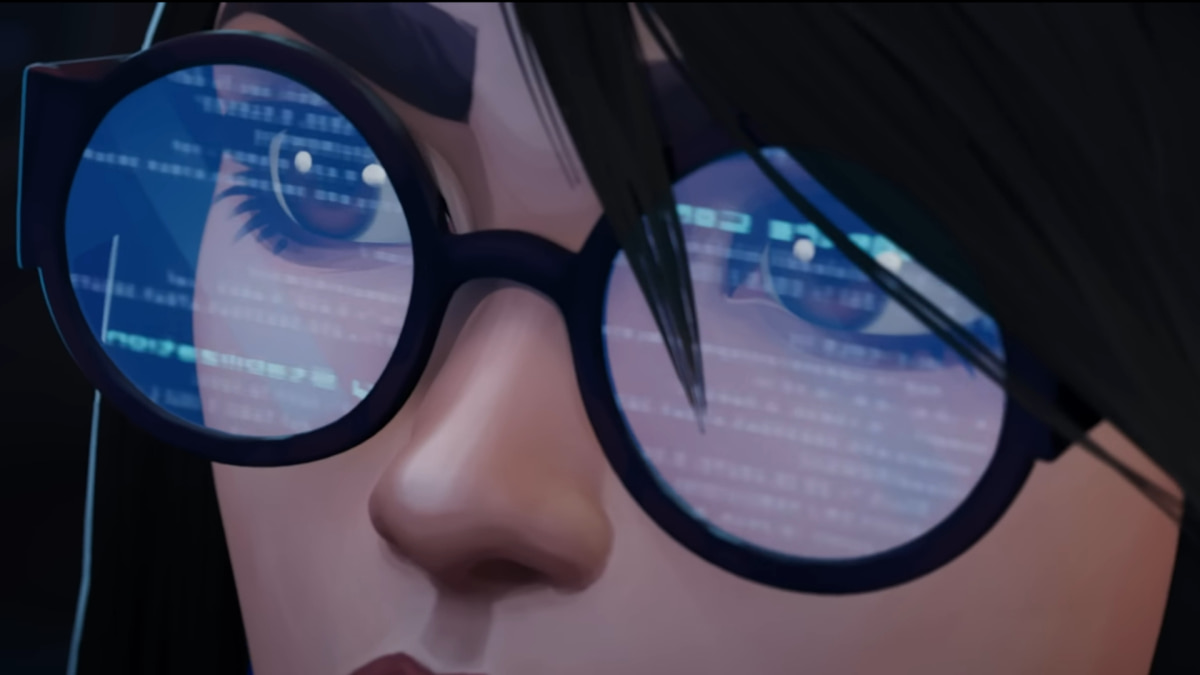
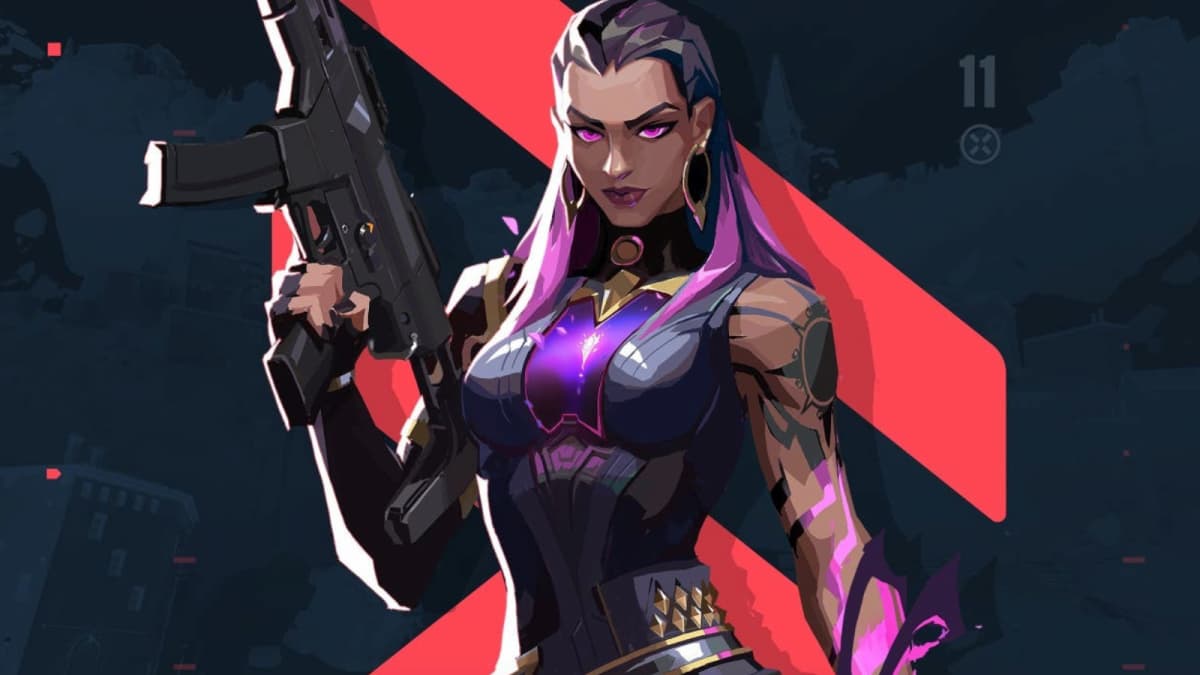
Published: Dec 31, 2023 01:53 pm